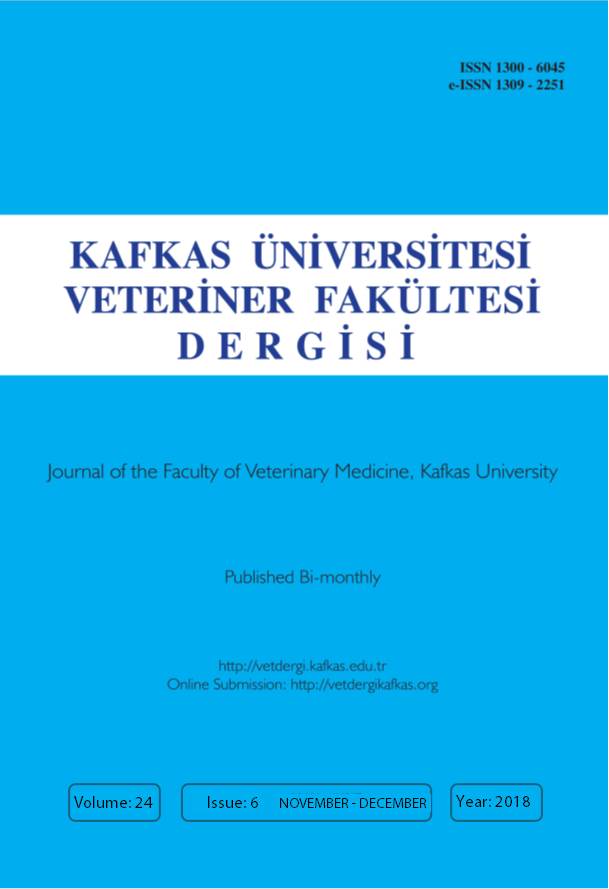
This journal is licensed under a Creative Commons Attribution-NonCommercial 4.0 International License
Kafkas Üniversitesi Veteriner Fakültesi Dergisi
2018 , Vol 24 , Issue 6
Brain Cells Death on Infant Mice (Mus musculus) Caused by Carbofuran Exposure During the Lactation Period
1Veterinary Anatomy Department, Faculty of Veterinary Medicine, Universitas Airlangga, Surabaya, INDONESIA
DOI :
10.9775/kvfd.2018.20045
An exposure to insecticide carbofuran has been reported able to generate a reactive oxygen species (ROS) in mice brains. This study was undertaken to evaluate the oxidative damage, biochemical and histopathological alterations by respectively examining malondialdehyde (MDA), cholinesterase (ChE) levels, necrosis and apoptosis in the suckling mice whose mothers were exposed to the carbofuran. The carbofuran was exposed via an oral route at the doses of 0.0208 mg/kg and 0.0417 mg/kg BW from the first until the fourth postnatal day after the delivery (n=27). The six-day-old pups were examined for its brain"s MDA and ChE levels as well as the necrotic and apoptotic Purkinje cell were counted using the Tunel assay and hematoxylin-eosin (HE) staining. The mothers" exposure to carbofuran caused an increase in MDA levels, necrosis of Purkinje cells and a decrease in ChE, but there was no significant apoptosis in lactating pups. Carbofuran altered the level of the marker parameters related to the MDA, ChE and necrosis of Purkinje cells. Consistent changes were found in MDA, ChE and necrosis of Purkinje cells of the subjected pups, especially between the control and treatment groups, and there was no change between treatments. In conclusion, the transfer of carbofuran intoxication through the mother"s milk resulted in the oxidative stress, biochemical and histopathological alterations in the suckling pups.
Keywords :
Carbofuran, Purkinje cells, Infant mice brain, Lactation










